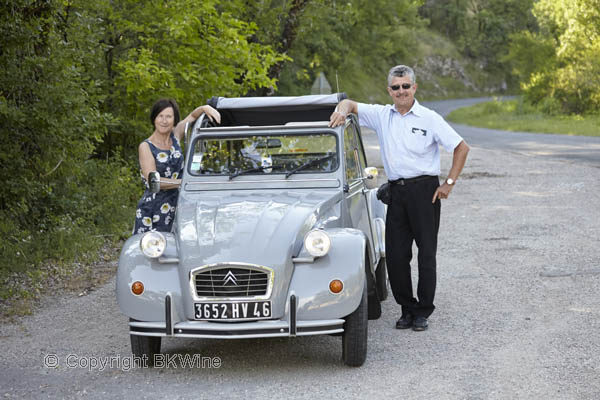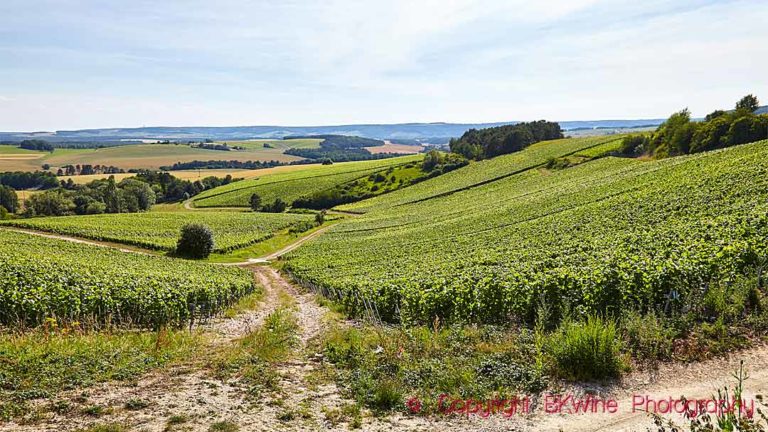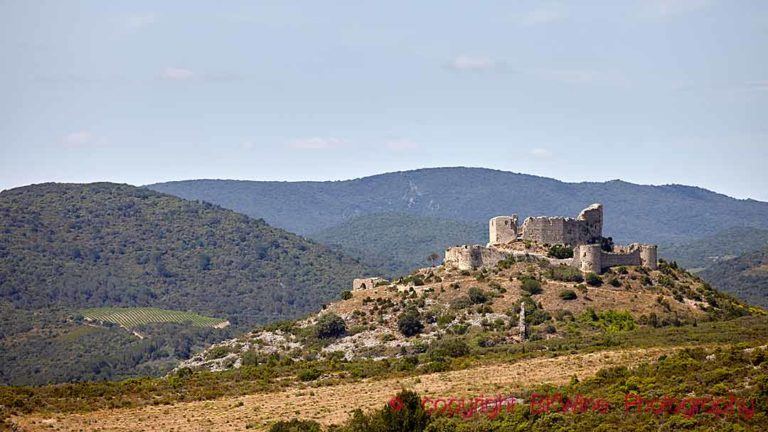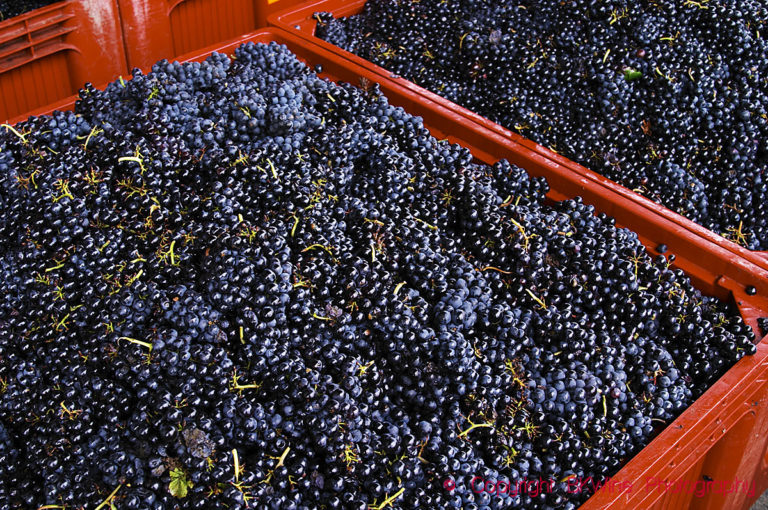“The French Malbec” has become a slogan for the Cahors wines in the southwest of France. The French do not usually use English words. But sometimes strong measures are required. In the United States wine consumers think that the Malbec grape originates from Argentina. Which is not so surprising. In Argentina there are 34 000 hectares of Malbec, in Cahors around 3 500 hectares. So in terms of volume, the wines of Cahors are a drop in the ocean. Cahors must get the message across that their wines are different and of high quality.
The French Malbec from Cahors is certainly usually more expensive than the typical Mendoza Malbec, but you will get a completely different type of wine. At least according to the Cahors producers. And of course they are right. After trying a large number of Mendoza Malbecs and even more Cahors wines, I can only say that you would never guess that they are even made with the same grape.
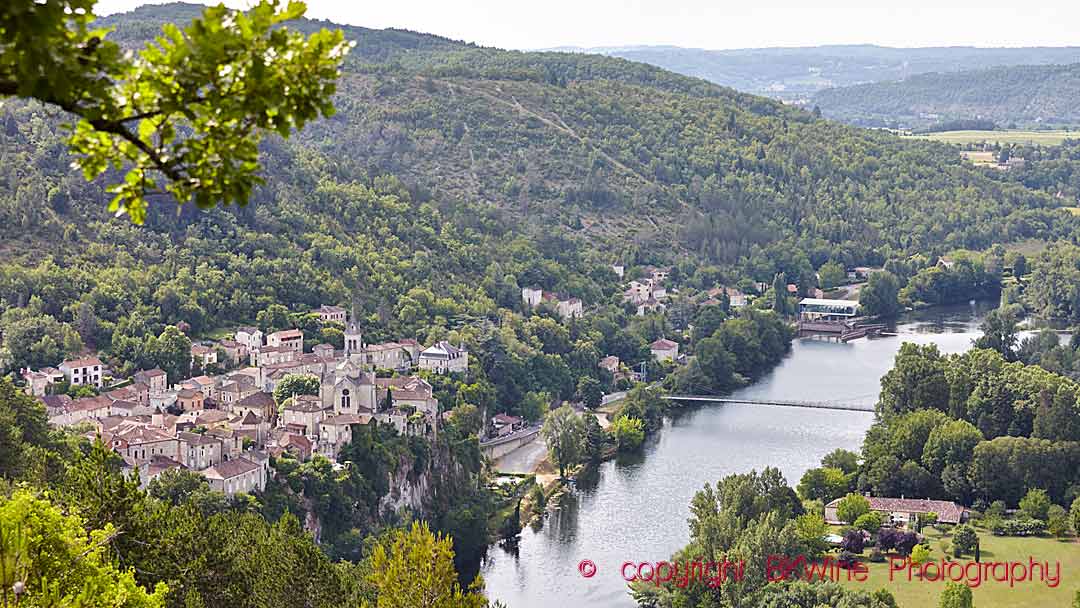
Price difference
Which Malbec you prefer, Argentinean or French, is of course a matter of taste. The Mendoza Malbecs are cheaper, yes. Take the United States as an example. Roger Voss, European editor for the US wine magazine The Wine Enthusiast, says that there are 139 different Argentine Malbec brands in the US and their average price is 18 USD. He counted to 76 Cahors wines with an average price of 35 USD.
No prize for guessing what the average American wine consumers would choose. And that is as it should be. Argentine Malbec is often made in large volumes for wine drinkers who are looking for easy-drinking, juicy wines. Cahors cannot compete with these volumes.
Roger Voss has the solution. Cahors should promote their “French Malbec” as a high quality “Super Malbec”. And target a totally different type of customer who is prepared to pay more.
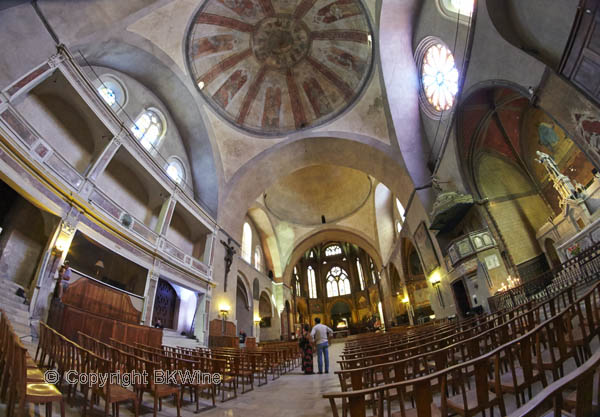
The Cahors Malbec Days and reality
Over a few days in June this year Cahors celebrated its Malbec. During these days, called The Cahors Malbec Days, with journalists, importers and sommeliers present from all over the world for almost a whole week, Cahors was really the capital of Malbec.
But when the festivities have died down, you have to deal with reality. How is Cahors doing? Judging by the quality of the wines, it actually looks pretty good. Let us look a little closer at the district.
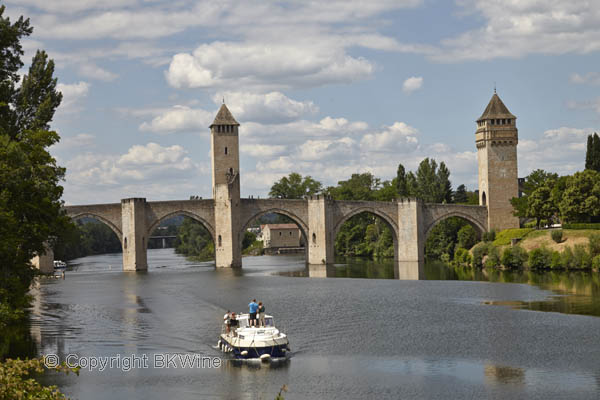
Graft, not easy
Cahors is located approximately 220 kilometres southeast of Bordeaux and belongs to the region vaguely known as the Southwest. The location along the winding river Lot is beautiful. Medieval castles look down over the vineyards from their strategic positions on the top of the hills.
For a long time Cahors had strong ties with Bordeaux. Malbec was a big grape also in Bordeaux before the arrival of the phylloxera in the late 1800s. Half of Bordeaux was then planted with Malbec. Perhaps there was also plans to make Cahors a part of the Bordeaux region. But that was not to be. In 1905 the boundaries were drawn up for the Bordeaux region and Cahors ended up outside.
And the plantations of Malbec started to decline. What happened? Cahors escaped the problems with oidium that hit Bordeaux hard in the mid-1800s. At that time the surface planted with Malbec reached almost 60 000 hectares. But then shortly after the phylloxera struck. And Malbec proved to be a difficult grape to graft on American rootstocks because of its proneness to coulure. Other grapes began to take priority over malbec.
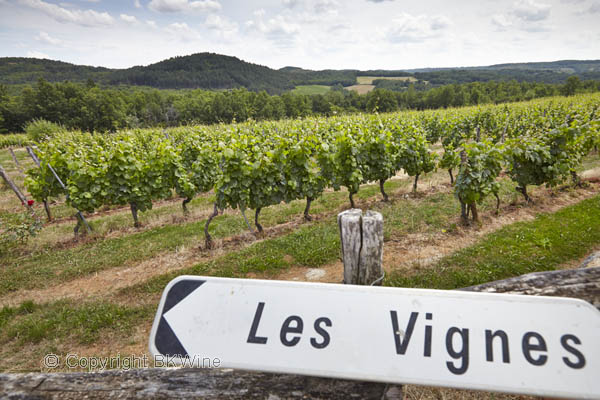
The Parnac co-operative
In 1947 a cooperative was formed in Parnac and this was the beginning of a new era in Cahors. Experiments by the cooperative to find American rootstocks suited to Malbec were successful. Now it was “simply” a question of replanting Malbec and Cahors would regain its former glory. The severe frost of 1956 with temperatures down to minus 20 degrees C was a setback but nothing more. The producers continued their efforts and in 1971 Cahors obtained its AOC (now AOP).
After that successes have been mixed with setbacks. A sort of identity crisis in the late 1990s meant that the bulk price fell from 123 euros per hectolitre in 1999 to 64 euros per hectolitre in 2006. But now the price is up again and the major investments made in the export market is beginning to show results. Exports doubled between 2004 and 2013. Currently 25% of Cahors wines are sold on the export market and it is expected to continue rising.
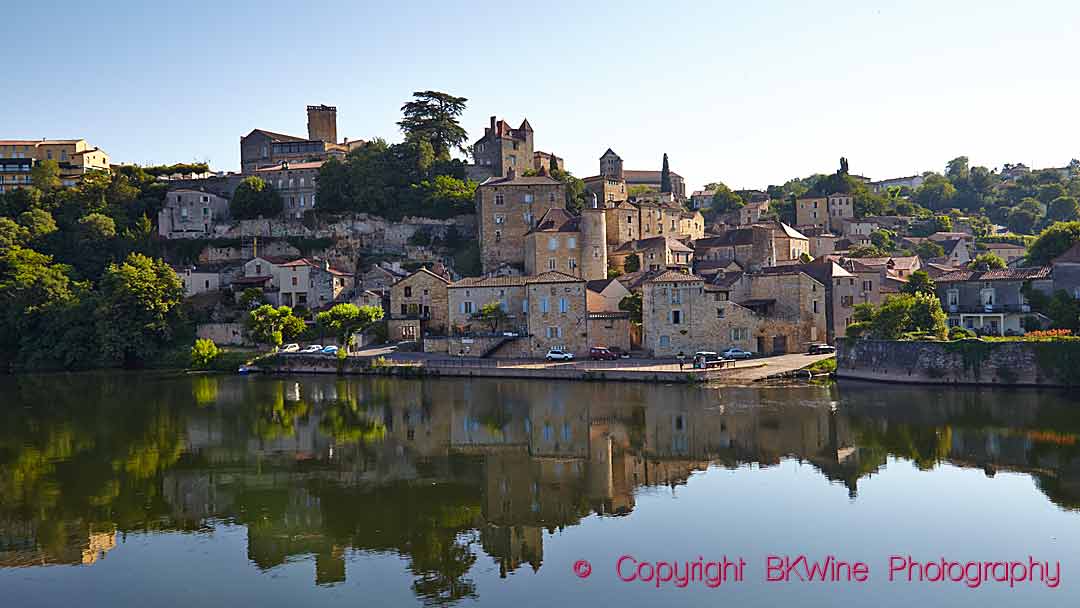
AOP Cahors
There are 181 private properties that account for 80% of production and one cooperative, the one in Parnac, accounts for the rest. 60% is sold in bulk to the negoce (wine merchants).
AOP Cahors now has 3,500 hectares of vineyards, of which 80% is malbec. Many producers prefer to make their wines exclusively from Malbec but they are allowed to use up to 30 % of Merlot and / or Tannat. Some do but many growers are of the opinion that these two grapes, and especially Merlot, do not add anything valuable to the wine.
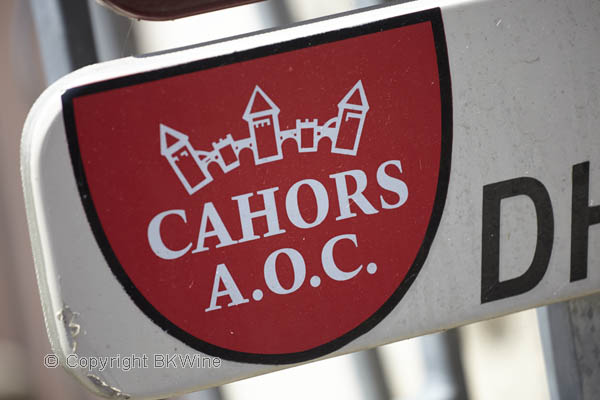
Terroir
Cahors is equidistant from the Atlantic Ocean, the Mediterranean and the Pyrenees mountains. Winds from different directions affects the vineyards during the year. There is some influence from the Atlantic, but Cahors has less rain than Bordeaux. In the autumn, the vent d’autan, a hot, dry air from the south, ensures that the grapes ripen. Malbec thrives with this wind as it needs to be properly ripe before it is harvested.
Soils are complex. Research in the 1990s identified nine different types of soil, some along the sides of the river, others on the limestone plateau several hundred meters up. Things like distance to the river, the slope of the vineyard, the nature and depth of the soil, the altitude etc were studied and will ultimately help producers to make a better wine.
Cahors is always a red wine. Some producers have started to make white wine on a small scale, but it is sold as IGP Côte du Lot. They are made primarily from Chardonnay, Sauvignon Blanc, and Viognier.
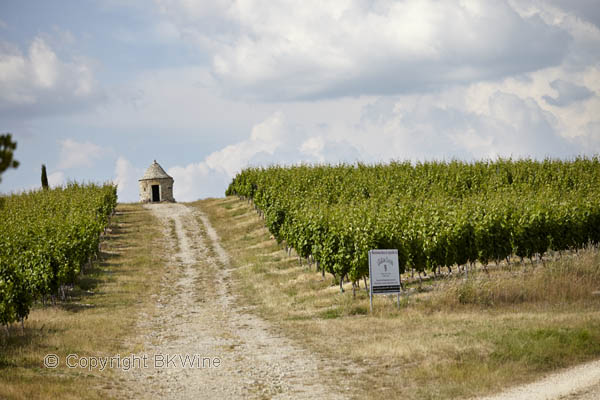
Both power and fruit
The red wines of the Southwest are often powerful and full-bodied with distinct tannins. Cahors is no exception. An old-fashioned Cahors can be harsh, dry and quite rough. But you hardly ever come across this type of Cahors wines anymore.
There is plenty of ambition among the younger generation of wine growers in Cahors today to make elegant wines with fruit and freshness. They understand better how to work in the vineyard and they pick riper grapes. In the cellar they are careful with the extraction. The oak aging is handled skilfully.
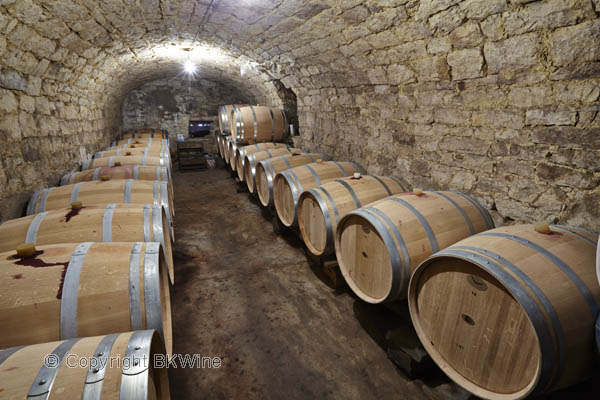
The structure is there still and it is good enough to make Cahors a superb food wine. But the tannins are softer and no longer harsh. In short, the wines are delicious and in general of a very good quality.
Malbec is sometimes called cot, which is a synonym used in both Cahors and in Touraine in the Loire Valley, where it is also planted.
But Malbec is the name the Cahors producers put on their labels, of course. It is very un-French to put the name of the grape on the label. So Cahors merits credit for doing it. But of course, it is the only way to fight the giant in the New World. A fight that usually is quite friendly. They sometimes even do joint marketing initiatives.
More information about Cahors producers and tasting notes from The Cahors Malbec days will be published shortly.
